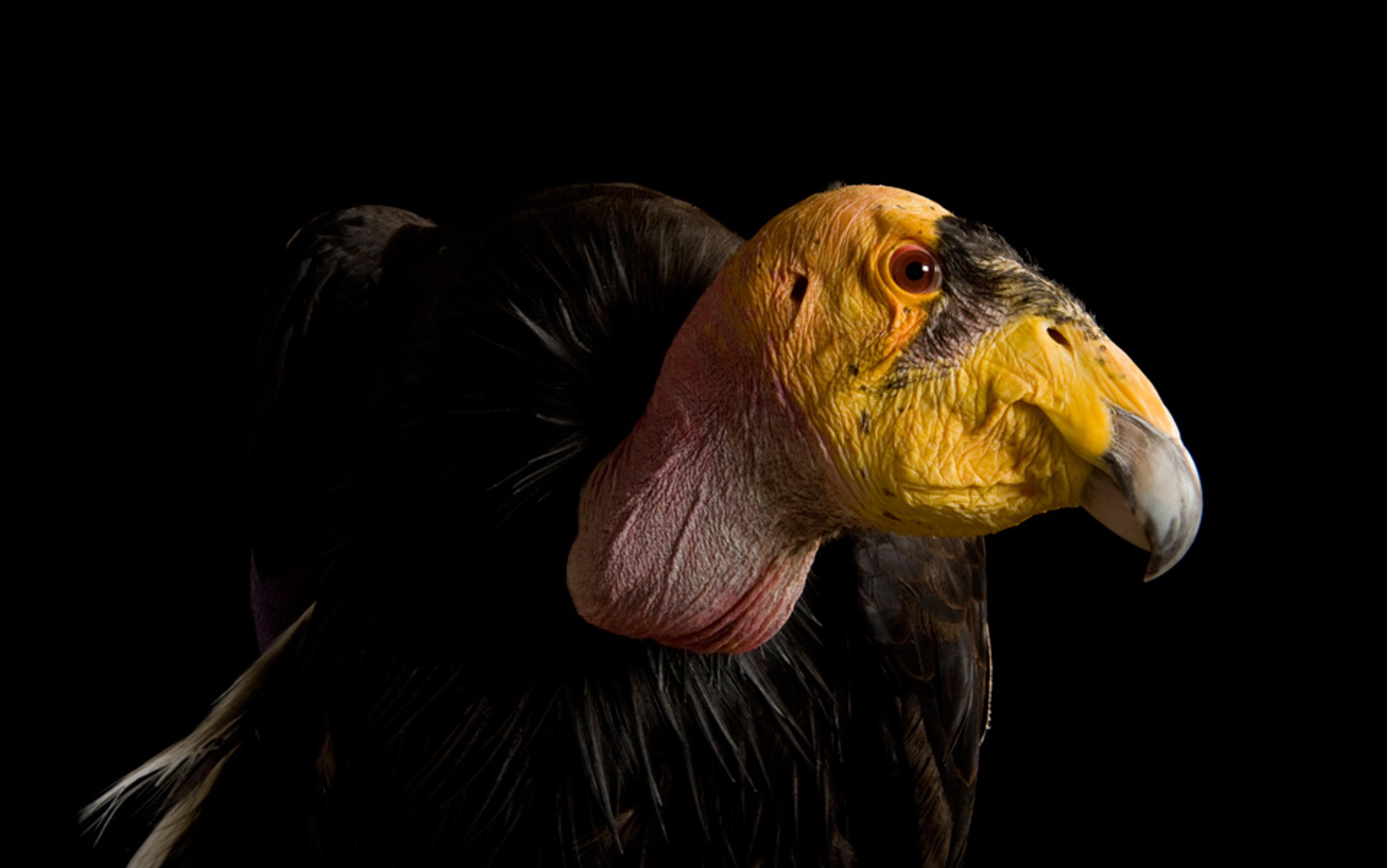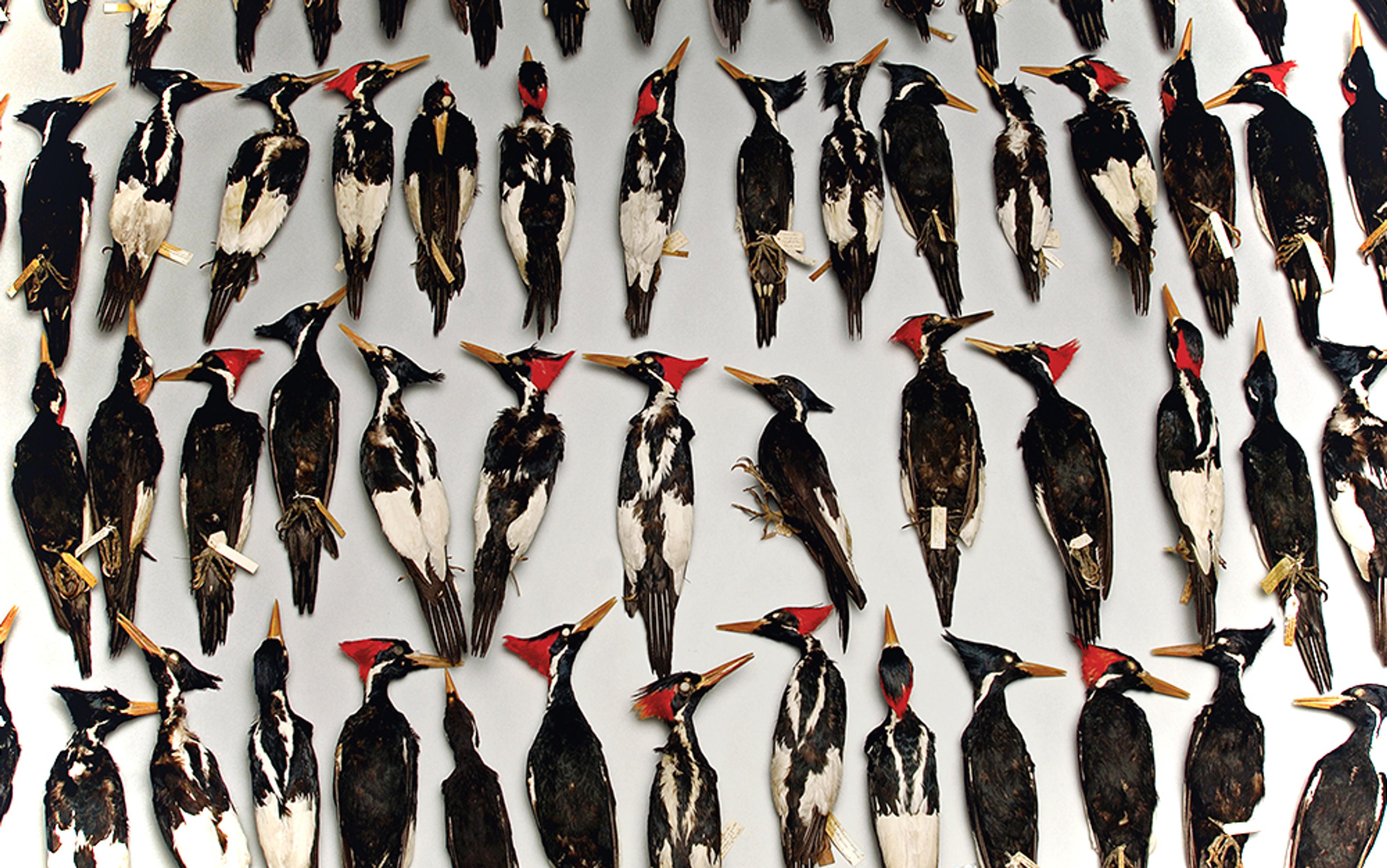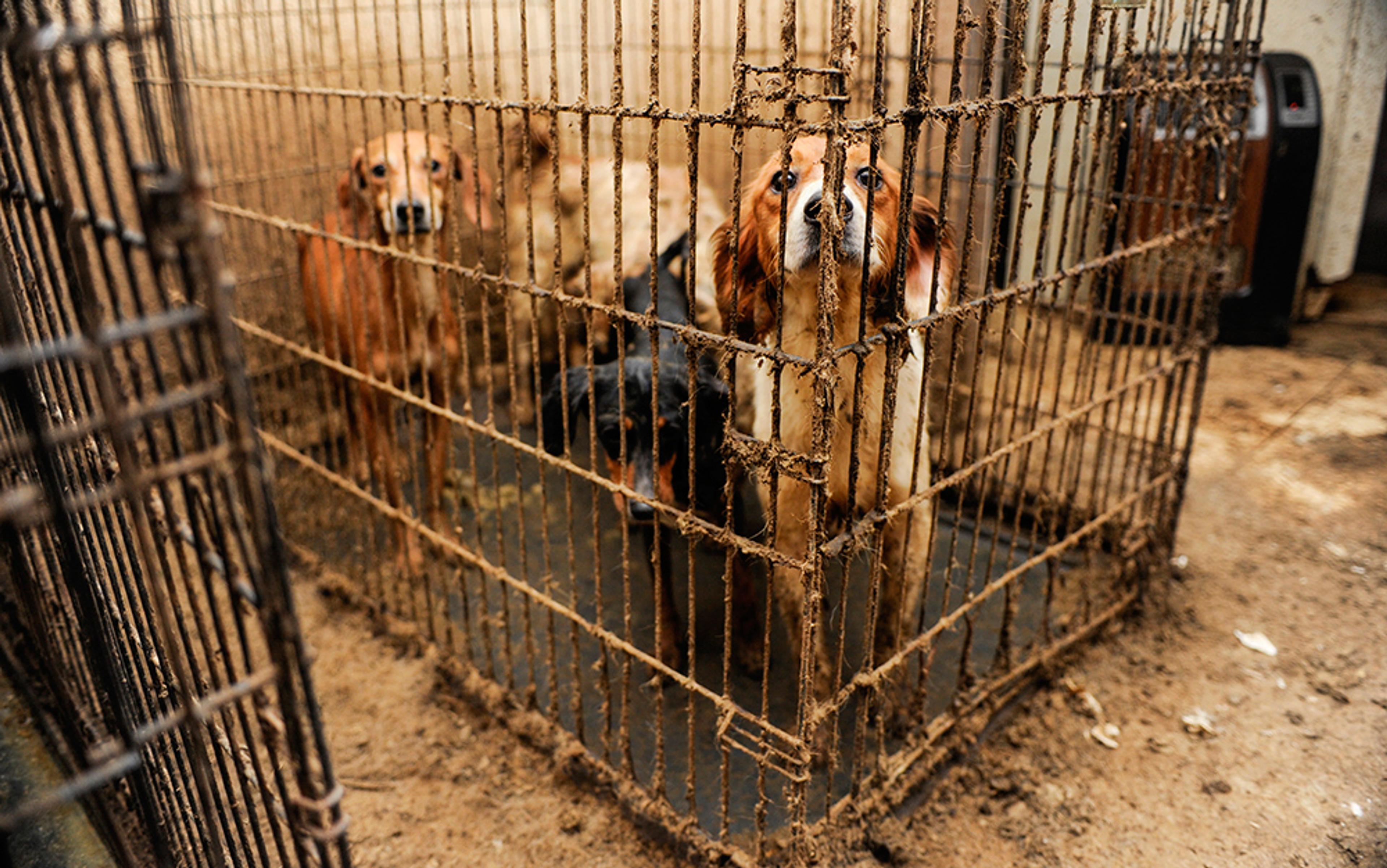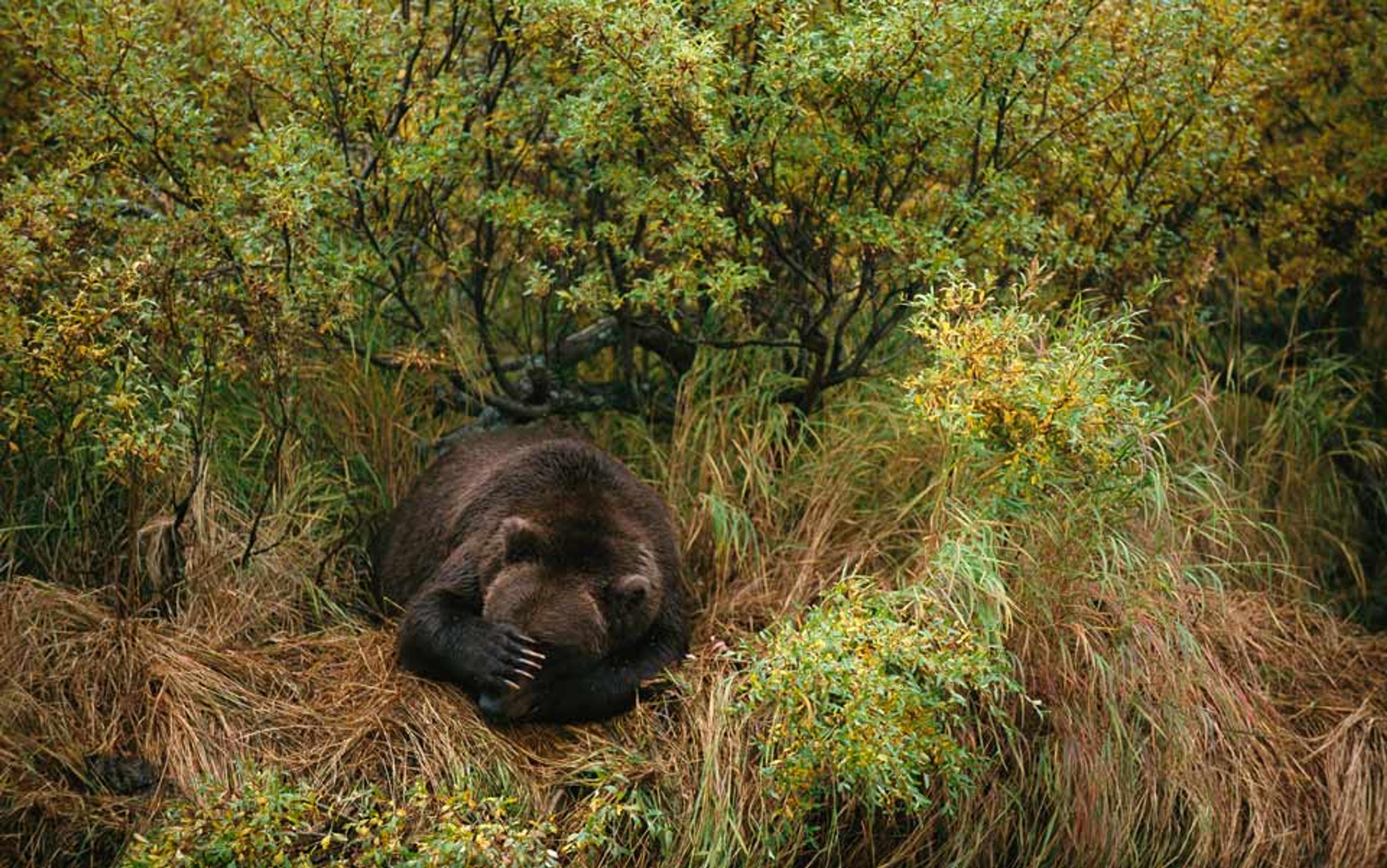It was a frigid Tuesday in November when a tiny rufous hummingbird showed up in a front yard in St Paul. The day was unusually cold, even for Minnesota, with a high of 26 degrees Fahrenheit (-3 degrees Celsius) and snow looming – conditions way too harsh for a whisper-light animal that normally winters in Mexico. A concerned homeowner posted the sighting online, and a local wildlife rehabilitation expert came with a cage, leading to a tense standoff about what to do next.
Unsolicited opinions poured in from around the country, says Phil Jenni, Executive Director of the Wildlife Rehabilitation Center of Minnesota (WRC), a donor-supported rehabilitation clinic that took in the bird. Many people expressed gratitude that a fragile animal had been saved from certain death. Others debated where the bird came from, where it belonged, and how or if the facility should release it. A typhoon had just slammed the Pacific coast, potentially altering the jet stream, which might have been what drove the hummingbird into the Midwest. Now that temperatures were plummeting, nobody felt comfortable dropping the little male back into the woods of Minnesota.
As the days passed, emotions escalated. On social media, critics hammered the WRC and the United States Fish and Wildlife Service, which had become involved in decision-making. A Facebook page appeared called ‘Free the Rufous’. And finally, a donor with a private jet offered the caged bird a ride to Texas, where a licensed rehabilitation expert was waiting to set it free.
Along with countless other animals, the little hummingbird and its big trip consumed a portion of the many millions of dollars that go towards wild-animal rescue and rehab efforts each year, often donated by people who are moved by images of big-eyed, furry creatures fighting for their lives. Single animals sometimes get care that costs hundreds of thousands of dollars – money that could be spent instead on protecting habitats and other conservation efforts that save far more animals at a time. Could wildlife rehab be a massive waste of time and money?
‘If you gave me an endangered species to save and a million dollars to spend, where would I put wildlife rehab as a priority? It would have to be very, very low,’ says Brendan Moyle, a wildlife economist at Massey University in Auckland, New Zealand. ‘Obviously it’s a case-by-case situation, and what I suspect is that there are a large number of cases that wouldn’t survive a proper cost-benefit analysis.’
Yet in rehab facilities that span continents, from Sweden to South Africa to New Zealand, staff and volunteers toil around the clock to help sick and injured creatures. And they offer a variety of reasons why their efforts are important, particularly in cases where the animals’ suffering is a result of human actions from events such as oil spills, car collisions, pet attacks, or environmental contamination. Facilities that care for wild animals are often the first to spot disease outbreaks, pollution hot spots, and other emerging problems. And, along with captive breeding programmes, intensive rehab has helped to save California condors, bald eagles and other populations from the brink of extinction.
Emotional and moral motives also compel many rehabbers to argue for the value of every living being. ‘Despite the vast overpopulation of humans these days, any of us would stop to help a child injured beside the road,’ wrote Louise Shimmel, the Executive Director of the Cascades Raptor Center in Oregon, on her facility’s website. ‘Why not the raccoon, squirrel, hawk or eagle?’ In a society that is so often disconnected from nature, adds Jenni of the WRC in Minnesota, wildlife rehab can foster concern for wild animals and passion for the environment.
But good intentions and strong emotions can lead to illogical actions with hefty price tags. In October 1988, three young California grey whales became trapped in the ice off the coast of Barrow in Alaska, attracting enormous media attention as rescuers attempted to set them free. The local Inupiat used chainsaws to cut holes for the whales to move in the right direction, while experts considered blasting through the ice with dynamite, among other drastic measures. By the time a Russian icebreaker ship broke a path for the animals to the open sea, the US government had spent almost $6 million on the rescue effort.
The against-the-odds tale eventually became the movie Big Miracle (2012), but many scientists and policymakers felt, from a cold-cash perspective, that the ‘miracle’ did not justify the means. That’s the view of marine vertebrate ecologist Jim Harvey, now Director of Moss Landing Marine Laboratories in California, who flew from the National Marine Mammal Lab in Seattle to Barrow to advise on the rescue.
an emperor penguin in New Zealand endured multiple surgeries before swimming free. Five days later, experts suspect it ended up inside an orca
Grey whales are not endangered in the eastern North Pacific. The juveniles simply made the rookie mistake of swimming too far east too late in the season. One of the whales died before the ship broke through to the hole. And even though the other two swam off in the right direction, no one knows where they ended up.
Nature has long been shaped by death among the weak and by survival among the strong. By nurturing the underdogs, we might be altering that balance, filling populations with individuals that shouldn’t be there. Because rehabilitated animals are sick or hurt or confused to begin with, they can also be at risk of rapid death after they get back into the wild. More than a decade ago, Harvey remembers hearing about a celebratory cruise hosted by the Marine Mammal Center in Sausalito, California, which planned to thank donors with the happy release of several rehabbed sea lions. The boat cruised out to the Farallon Islands, a wildlife refuge off the coast of San Francisco and, with great fanfare, dumped the animals off the boat. Almost immediately, to the horror of everyone on board, a shark appeared and gobbled one up.
It’s not an isolated incident. Erica Miller, an independent wildlife veterinarian who spent 20 years at Tri-State Bird Rescue and Research, a non‑profit conservation organisation in Newark, Delaware, recalls releasing birds that she had cleaned after an oil spill. Not long after, many fell to the shots of hunters. Then there was a famous emperor penguin named Happy Feet who washed up in New Zealand in 2011 and endured multiple surgeries before swimming free. Five days after release, its satellite tracker suddenly stopped transmitting, and some experts suspect that the bird ended up inside an orca.
Many animals are brought in for rehab, meanwhile, that do not need help in the first place. Mother deer, for example, often purposefully stash away their fawns in obvious places. When people find the young – odourless, silent and camouflaged – it is easy to assume they’ve been abandoned. They then initiate rescues that turn them into fawn-nappers, says Tom Rogers, an information specialist at the Vermont Fish and Wildlife Department. Once young deer get taken into captivity, they lose the opportunity to learn lessons their mothers normally teach them, like how to avoid highways and where to go in the winter. Another risk is that rehabilitated deer, rabbits and squirrels will imprint on humans, a dangerous scenario for everyone.
There should be a simple way to assess the value of wildlife rescue and rehab: weigh financial investments against rates of success, then calculate which tips the scales. But wildlife rehab is a feel-good industry that has evaded an objective audit for years. Few studies have counted the proportion of rehabilitated animals that go on to survive, rejoin wild populations, or breed after being released. And as data slowly accumulate, the news has often been discouraging.
Some of the first rigorous attempts to assess the value of wildlife rehab emerged after the Exxon Valdez tanker ran aground off the coast of Alaska in March 1989, spilling 11 million gallons of oil into a pristine marine environment. Of 800 oiled birds that were cleaned after the spill, according to a 1996 study, most died an average of six days after they were released. At most, 10 per cent survived a month, says the study’s author Brian Sharp, formerly a wildlife ecologist with the US Fish and Wildlife Service, now semi-retired in Oregon. ‘The data was so unsupportive of any idea that this was working,’ Sharp says. Another analyses found that two-thirds of sea otters, treated at a cost of more than $80,000 each, died within two years of release. The overall clean‑up effort cost many millions of dollars. Two other studies around the same time, conducted in California and in the United Kingdom, showed equally dismal results for oiled pelicans and murres, another kind of seabird.
After every major oil spill since the late 1960s, rehabilitators have argued that their techniques were improving, something Sharp disputes. His preliminary study of data that have accumulated on the rehabilitation of oiled birds since 1996 shows little change from what he reported in his Exxon Valdez study. When animals encounter oil spills, he says, they breathe in toxic fumes, swallow oil, and take in chemicals through their skin – all of which can damage their kidneys, livers, digestion and other systems in ways that continue to compromise survival even after treatment is complete.
Instead of scrubbing oiled shorelines and treating affected wildlife, Sharp argues that resources should be spent to enact more regulations to prevent spills from happening in the first place. ‘The loss of the productivity off the gulf of Mexico is a huge loss,’ he says, ‘and the response is to clean up a few seabirds? Cleaning wildlife and marine species after an oil spill is at best a deception of the public.’
Whether from oil or another kind of catastrophe, what happens to animals after release from rehab is usually a mystery, partly because tracking in the wild is extremely difficult. Radio collars fall off. Internal satellite tags have tiny batteries that die quickly. Veterinarians are often reluctant to use devices at all because they add yet more stress to already-stressed animals. Devices can also alter behaviour, skewing results. In rapid-response cases to emergency situations such as oil spills, there might not be time to order the right-sized tags for the particular animals that happen to be most affected, something nobody can predict beforehand, adds Christine Fiorello, a wildlife veterinarian and ecologist with the Oiled Wildlife Care Network at the University of California, Davis School of Veterinary Medicine. What’s more, a single device can cost as much as $3,000 dollars, not including the labour required to retrieve devices and to analyse the information they contain. Rehab centres, such as the one in Minnesota that treated the hummingbird, sometimes don’t have permits to put bands on the animals – which would at least allow them to be identified as rehabilitated should they turn up dead somewhere.
Further complicating the situation is inconsistency in how wildlife care plays out. More than 100 facilities exist in the US alone, says Miller. They come in a wide variety of forms, including backyard projects at eco-lodges, non-profit organisations, county-run centres, and state-of-the-art, university-affiliated animal hospitals. Quality of care varies wildly and unpredictably. So do policies for issuing permits and areas of expertise by region, which means that the lessons a California facility learns from its large caseload of sea lions is irrelevant to rehabilitators elsewhere. Even if there were consistent procedures, rules would be hard to enforce. ‘To “police” people that aren’t profiting from this but are doing it from the generosity of their heart – to say they can’t do it because they’re not doing a good job,’ Miller says, ‘that is a fine line that becomes very difficult.’
Among the limited studies that exist, some have revealed cases where rehab is truly pointless. In a 2009 study, Harvey and colleagues at Moss Landing Marine Laboratories tagged California sea lions that had each been treated with thousands of dollars worth of anti-seizure medication, food, and other care for infections of a neurotoxin called domoic acid, which is produced by a naturally occurring algae. After release, the animals did wacky things. Some showed up in a river, where they swam around in circles for days. One travelled halfway to Hawaii before falling off the radar, even though it should’ve stayed close to the coast. Based on those findings, facilities now give domoic-acid infected sea lions a gentle death instead of treating them with futile life support.
Just two studies have looked at success rates among rehabilitated deer. One found that every single animal died within three months of release. In the other, just a small number of deer survived, and only by hanging around lawns and gardens. The Vermont Fish and Wildlife Department has banned fawn rehabilitation since 2005, and it’s not alone. In states such as Alabama, Colorado and Ohio, as well as in Manitoba in Canada, no-rehab lists include elk, raccoons, skunks, coyotes, porcupines, bats, cougars, moose and black bears. Oregon has made it illegal to rescue animals that don’t belong there, with the goal of protecting the state’s native wildlife. North Dakota avoids issuing rehab permits altogether (except in extremely limited cases) in order to let nature take its course. In addition to doubts that rehab does any good for those animals, these rules aim to protect people from rabies and other dangers.
‘If you could save an entire forest with hundreds of creatures, wouldn’t that be a better use of money than figuring out how to fix a bird with a broken wing?’
Even when studies show that rehab can be harmful, attempts to curtail the practice are controversial. Doctors and patients regularly make tough decisions about healthcare: who needs help first after an emergency? If the life of someone who is terminally ill can be extended by a few months but only with extraordinarily expensive medications, is the treatment worth it? When applied to wild animals, these questions take on the added twist of forcing us to ask what matters most about nature and how we can best protect it. And because researchers rarely spend precious funds to evaluate the impact of conservation programmes, says Moyle, often people come to depend on value judgments more than evidence.
Charismatic species such as tigers, for example, attract far more resources than do equally important keystone reptiles such as the critically-endangered gharial – a bulbous-nosed crocodilian that could use a lot more help to stem its rapidly declining population. The same goes for rehab. Cute birds and mammals get plenty of attention, even if they’re common squirrels, rabid raccoons or invasive foxes. But amphibians are in the midst of an extinction crisis. So where are all the frog-rehab centres?
The best way to protect endangered species and habitats, and the planet itself, is clearly not to save injured animals one at a time. ‘You might literally spend a couple hundred thousand dollars to rehab a single bird,’ says Craig Harrison, a practicing attorney who spent 21 years as the Vice-Chair of Conservation for the Pacific Sea Bird Group, a research and conservation organisation in Honolulu. ‘If you could save an entire forest or a small ecosystem with hundreds of creatures, wouldn’t that be a better use of money than figuring out how to fix a bird with a broken wing so that it can fly again? To me, it’s crazy.’
Even many rehab experts acknowledge that their hard work makes little to no impact on the conservation of populations. And yet, they continue to help suffering animals, while donors continue to give money and animal-lovers go on celebrating dramatic rescue stories. That contrast fits into a decades-long tension between environmentalism and animal rights. On one side are those who think that species matter most. On the other are those who insist that acknowledging an animal’s suffering is an ethical imperative.
It is that moral high road that swept the little rufous hummingbird out of Minnesota into an uncertain future. Its species is robust, unaffected by the life or death of a single individual. And because the little bird was not tagged, nobody will ever know how long it lived after it flew off. It’s an uneasy ending for a celebrated success story. But for now, it’s the best we can do.






